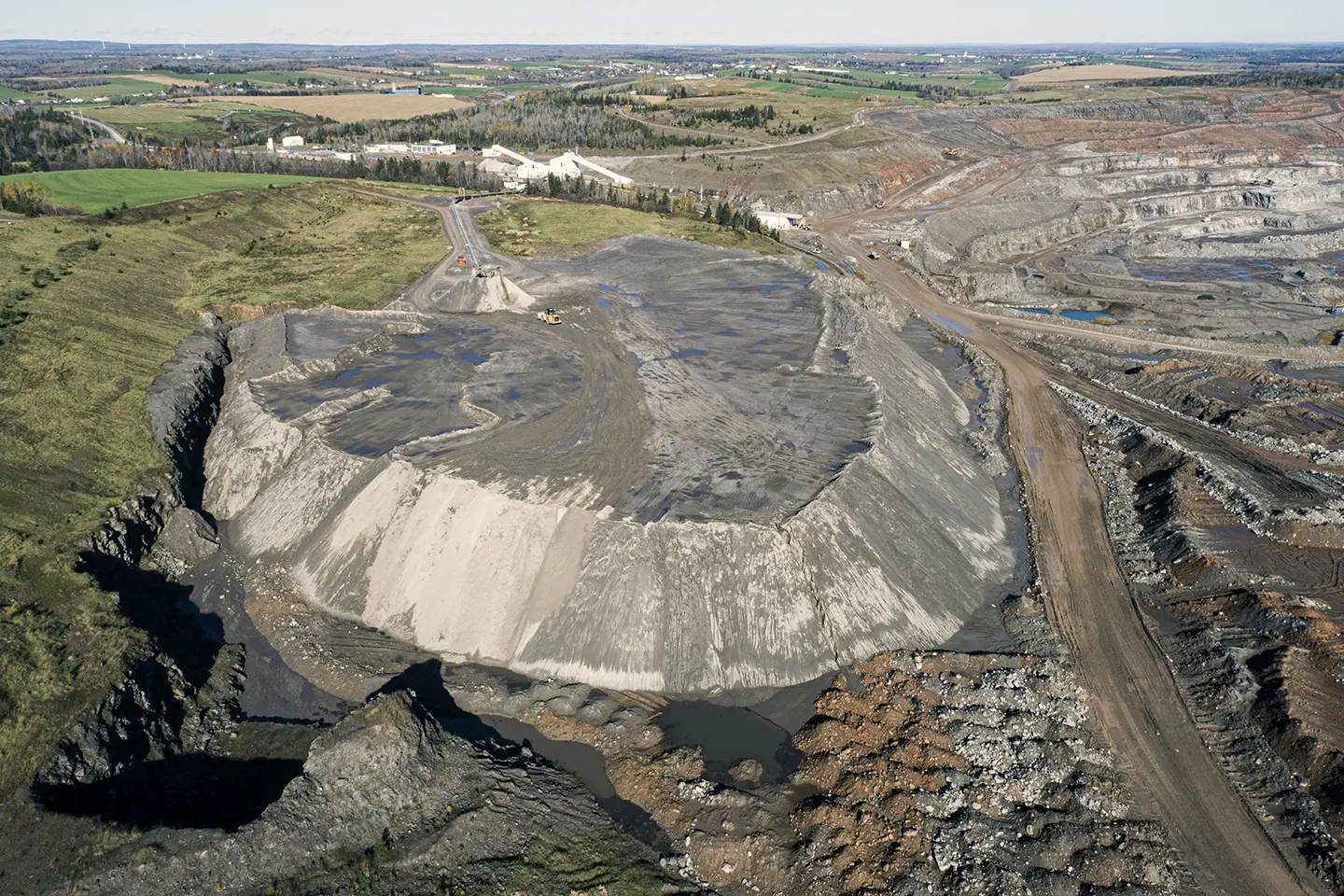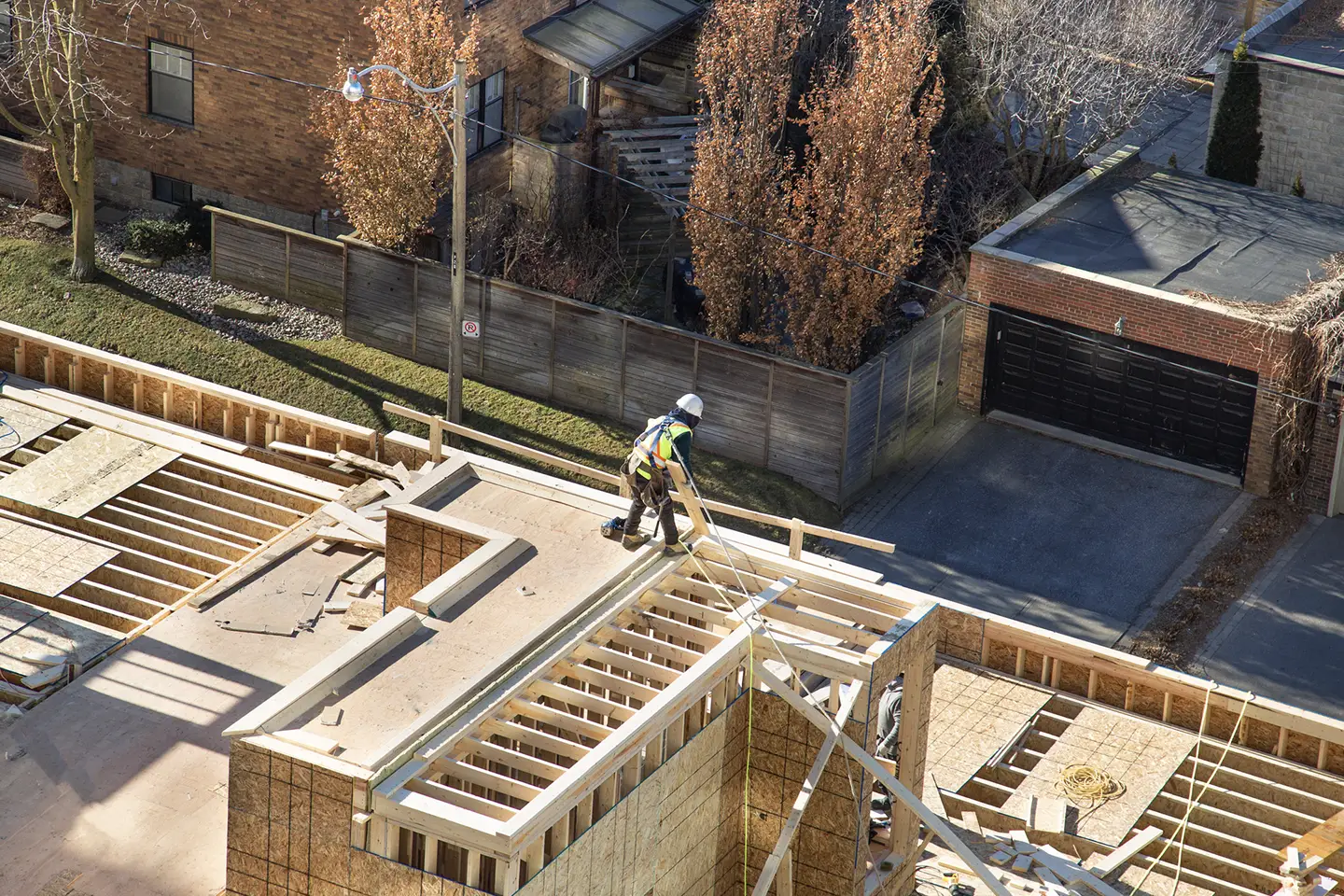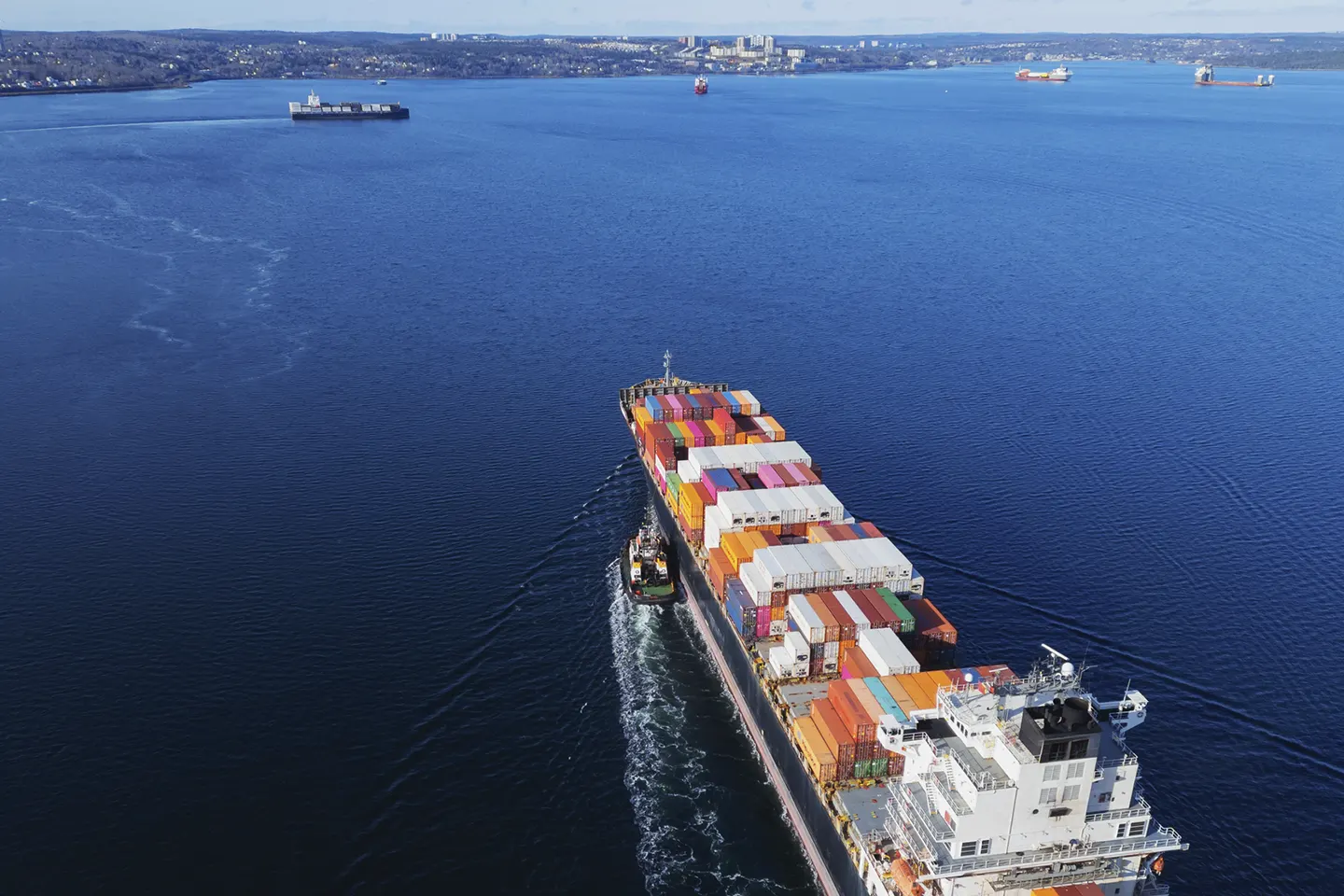Ontario's Special Economic Zones (SEZ) Criteria

Implications for Energy Generation, Storage, Mining, and Data Centres
Ontario has posted draft criteria for the Special Economic Zones (SEZs) which stemmed from Bill 5, Protect Ontario by Unleashing our Economy Act, 2025. The Provincial Government, through the Ministry of Economic Development, Job Creation and Trade, is looking for feedback from stakeholders on how designated projects, and trusted proponents should move forward under the Special Economic Zones Act, 2025. Bill 5, while much debated, was part of several pieces of legislation across Canada that formed a response to shifting global trading landscape, led by the Trump administration.
The posting (ERO: 025-1077 - Consultation on Proposed Special Economic Zones Criteria) comment period runs to November 16, 2025.
Once finalized, SEZs could become a powerful delivery and approvals acceleration tool for strategic large-scale development, such as, but not limited to, projects in critical minerals and energy. Projects will need to meet stringent economic, community, and Indigenous-engagement thresholds in order to benefit from being contained within an SEZ.
What The Draft Proposes:
SEZs create a framework under which regulatory exemptions or modifications may be made by regulation, and these will only apply where a zone, project, and trusted proponent are all designated. Until such regulations are established, existing laws continue to apply. The province will employ tests, including long-term economic benefits, community benefits (including Indigenous communities), likelihood of project success, and strong compliance/engagement histories.
Zones (geography): Must be a single, bounded Ontario area, sized no larger than necessary to encompass strategic economic activities.
Designated Projects (what happens in the zone): Must be in a zone and, in the Minister’s opinion, deliver significant long-term economic benefits (security, jobs, skills, supply chains, innovation), tangible community benefits (inside and outside the zone, including Indigenous communities), and a high likelihood of success (plans for strategy/finance/communications, stakeholder & Indigenous engagement, health/environment impact analysis and mitigation).
Trusted Proponents (who does it): Crown/municipalities or for-/not-for-profit entities with:
- Strong compliance records (H&S, environment, employment, financial), extending to contractors;
- Indigenous engagement plans and demonstrated experience working successfully with Indigenous communities in Canada;
- No change of control/ownership will be permitted without Minister’s consent.
Process guardrails: Exemptions/modifications must be named in future regulations, but until then, normal laws apply. The Duty to Consult will still be required, further consultation may occur before regulations are established.
Cross-Cutting Themes Proponents Need to Consider
- The framework: contemplates benefits only where (1) a zone, (2) a project, and (3) a trusted proponent are all designated and specific exemptions are prescribed by regulation. Otherwise, status quo laws and regulations apply.
- Indigenous engagement & Duty to Consult: Committed to fulfilling repeatedly and the province may consult again before establishing regulations. Demonstrable plans and prior success weigh heavily on access to new regulatory fast-track provisions.
- Contractor accountability: Compliance expectations extend to everyone on the project.
- Change of control consent: Requires reassurances satisfactory to the Minister that no change of control/ownership will occur without consent, or you risk losing your designation.
- Evidence-based benefits: Quantify provincial and local benefits, Ontario content, and speed-to-delivery proof enabled by targeted exemptions.
What This Signals For Certain Key Sectors
The draft SEZ criteria themselves are sector, size, and area agnostic. However, here are some considerations on how they might apply to some specific areas of interest:
- Mining/critical minerals (or building infrastructure that directly enables it), are squarely within the government’s primary SEZ narrative, and should consider this as a tool for major projects building your narrative accordingly, with clear community benefits, Indigenous engagement, evidence of schedule gains under SEZ.
- The government has linked energy projects to SEZs in past comments, typically in relation to other major projects. While SEZs are focused on mining/critical minerals and “critical infrastructure projects,” the SEZ tool can be inferred to cut timelines and possibly support energy lines and generation needed for those zones as part of what the province says it will fast-track.
- While several projects are not listed in the government’s remarks, SEZ’s are a tool to support the government’s broader goals, whether that’s healthcare or “unlocking the digital economy”, and may offer a path to coordinate SEZ advocacy with the parallel agenda.
- Advanced manufacturing adjacent industries (EV supply chain, components, sovereignty or security) are part of the competitiveness frame and reinforcing Ontario content/jobs and time-to-market may resonate.
Sussex Insights
The mining/critical minerals file has been the recurring anchor for the use of the new SEZs. Government commentary consistently links SEZs to critical minerals and supply-chain resilience, explicitly the Ring of Fire, as part of a broader economic security frame. SEZs are cast as a time-to-permit/time-to-build accelerator with the Government often referencing targeting to halve review times for projects, where applicable. These SEZs are intended to keep Ontario competitive during a period of trade friction, particularly with the U.S. The province has argued that Bill 5, with SEZs paired with its “one project, one review” approach is necessary to streamline duplicative process while maintaining standards so that Ontario can compete with other jurisdictions.
SEZs could become Ontario’s bespoke fast-track for strategic projects, but only where proponents can prove provincial significance, robust community & Indigenous benefits, airtight compliance, and credible acceleration from targeted regulatory changes.
With draft designation criteria posted (zones, projects, trusted proponents), the message is shifting from headline legislation to operational criteria, and an invitation for stakeholders to comment.
This call for feedback and commentary is an opportunity for stakeholders to share their experience and best practices with the government so with the support Sussex shape these important regulations.


